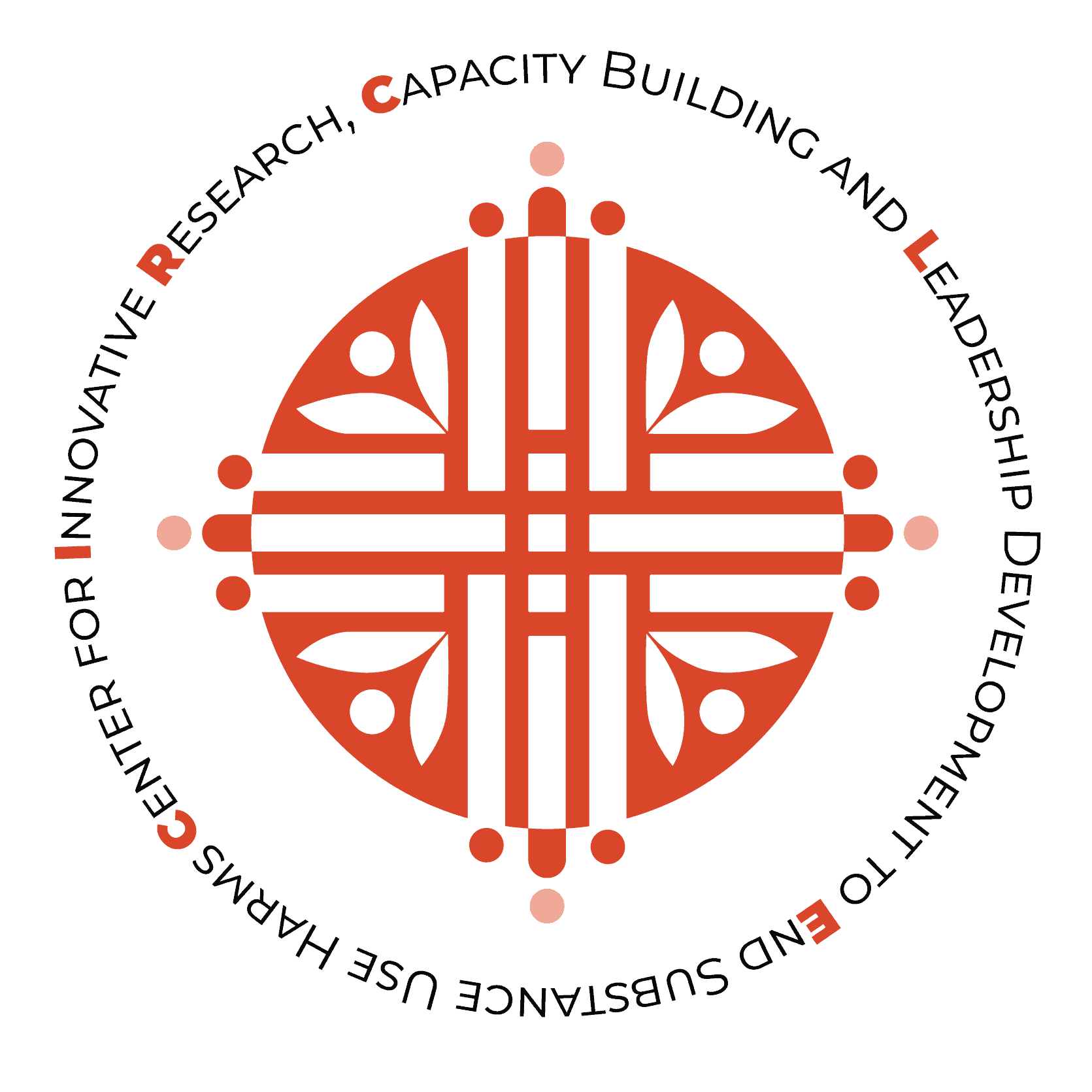
About the CIRCLE Research Core
The CIRCLE Research Core supports the overall CIRCLE Center and aims to advance methodological approaches to substance use prevention. We focus on incorporating Indigenous methodologies and are developing cutting-edge methods for conducting participatory research that values heterogeneity, centers Indigenous ways of knowing, and embraces the strengths and diversity across Indigenous communities within the United States.
As a centralized resource, the Research Core offers methodological expertise designed to support the research, operational, and training needs of the CIRCLE Center and build out methodological resources that can support National and International research on strengths-based, cultural-grounded substance use research in partnership with Indigenous communities. We do this through the following methodological cores:

